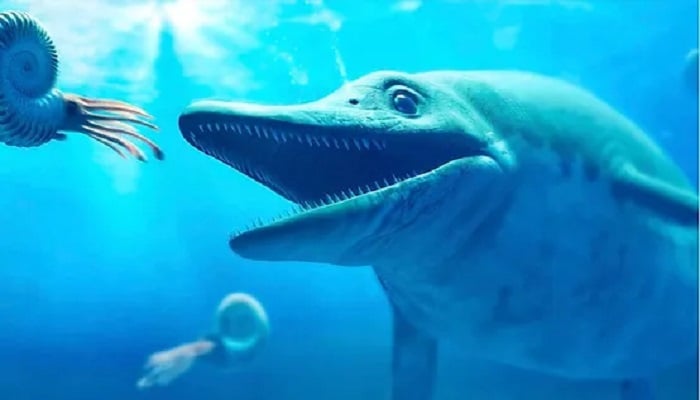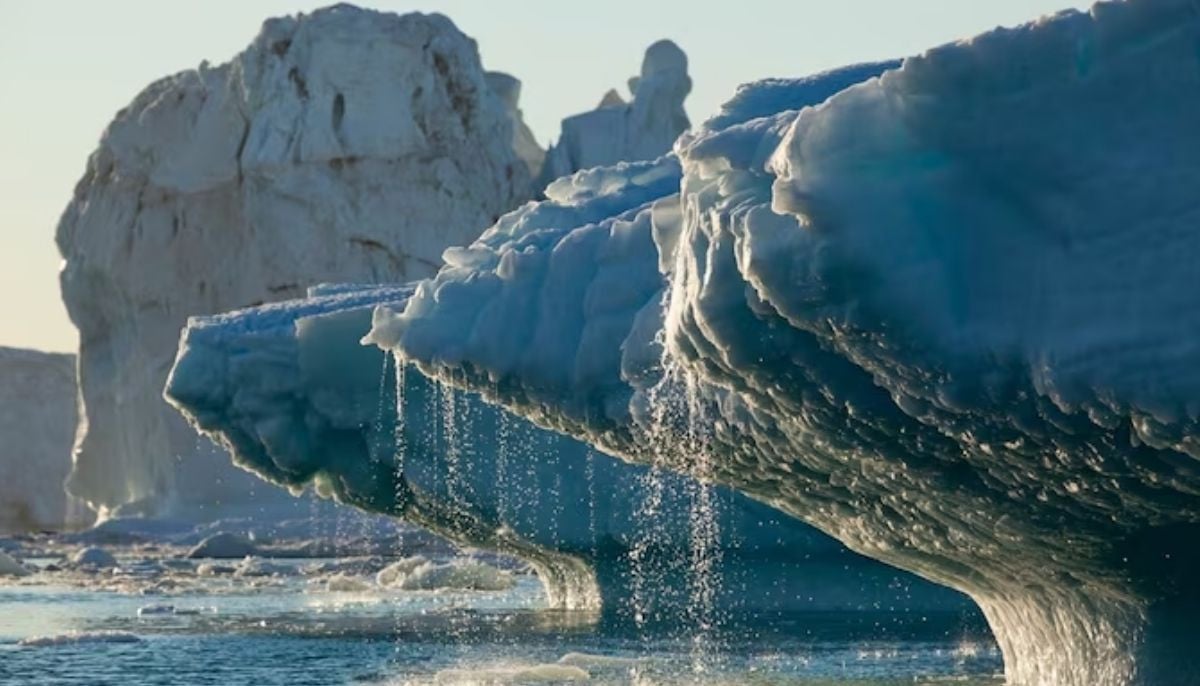Scientists strike fossils of a behemoth sea monster hidden in a museum
This discovery has blown up the previous estimates for the scale of prehistoric creatures to a monstrous proportion
Palaeontologists have by chance struck the fossilised remains of a "humoungously huge" ancient sea monster in a natural history museum in UK, Life Science reported.
“The four bones are vertebrae from an unknown species of Jurassic predator called a pliosaur and show that the dagger-toothed creatures could grow almost 50 feet (15 meters) long — twice the size of an orca (Orcinus orca),” wrote Life Science’s Ben turner.
This discovery has blown up the previous estimates for the scale of prehistoric creatures to a monstrous proportion.
"It's wonderful to prove there was indeed a truly gigantic pliosaur species in the Late Jurassic seas," David Martill, a professor of palaeobiology at the University of Portsmouth in the UK, said in a statement.
"It wouldn't surprise me if one day we find some clear evidence that this monstrous species was even bigger."
According to Life Science, Martill came across the bones while looking through fossil drawers at Abingdon County Hall Museum in the UK and after encountering a large vertebra, he was informed by the museum's curator that three more were in storage.
“The fossils, which come from the Kimmeridge Clay Formation, were originally discovered during excavations at Warren Farm in Oxfordshire,” it said. They were unearthed from a deposit dated around 152 million years ago during the late Jurassic.
By laser scanning the fossils, Martill and his colleagues reached the conclusion that they were of a terrible sea monster that stretched from around 32 feet to 47 feet (9.8 to 14.4 m) long, making it the largest pliosaur ever discovered.
Earlier, one of the largest known pliosaurs was Kronosaurus (Kronosaurus queenslandicus), which grew to between 33 to 36 feet (10 to 11 meters) long.
Pliosaurs were the ocean’s biggest predators during the Jurassic period (201 to 145 million years ago). They stalked the seas using four powerful, paddle-like flippers. Pliosaurs were likely ambush predators, leaping out at prey from deep and dark water and impaling them with dagger-sharp teeth, before crushing them with a bite more powerful than a Tyrannosaurus rex's.
"We know these pliosaurs were very fearsome animals swimming in the seas that covered Oxfordshire 145-152 million years ago," Martill said. "They were at the top of the marine food chain and probably preyed on ichthyosaurs, long-necked plesiosaurs and maybe even smaller marine crocodiles, simply by biting them in half and taking chunks off them."
-
Elon Musk’s Starlink rival Eutelsat partners with MaiaSpace for satellite launches
-
Blue Moon 2026: Everything you need to know
-
Scientists unravel mystery of James Webb’s ‘little red dots’ in deep space
-
ISS crew of four completes medical evacuation with safe splashdown off California
-
Annular solar eclipse 2026: Here's everything to know about the ‘ring of fire’
-
World’s first ice archive created to preserve fast-melting glaciers’ secrets
-
NASA, DOE to develop Nuclear Reactor on the Moon by 2030
-
Aurora alert: Northern lights visible tonight at high latitudes












